Disclosure: This article contains affiliate links. We may earn a commission from purchases at no extra cost to you, which helps our travel content.
There's something profoundly humbling about standing before art created by human hands thousands of years ago. As the afternoon sun casts long shadows across the quartzite faces of Botswana's Tsodilo Hills, I find myself tracing the outline of a giraffe painted in ochre some 4,500 years earlier. This isn't my first encounter with ancient rock art—my work has taken me from Australia's Arnhem Land to Brazil's Serra da Capivara—but there's something uniquely powerful about these isolated mountains rising from the Kalahari's sea of sand. Known as the 'Louvre of the Desert,' Tsodilo contains over 4,500 paintings across four hills revered by the San people as the birthplace of all things. My week exploring this UNESCO World Heritage site would connect me not only with one of humanity's oldest continuous artistic traditions but also with the living cultural heritage of the San and Hambukushu peoples who consider these hills sacred to this day.
The Sacred Geography of Tsodilo
The Tsodilo Hills rise almost supernaturally from the otherwise flat Kalahari landscape—four main quartzite outcrops that have drawn human settlement for at least 100,000 years. The local San people know them intimately: Male Hill (the tallest at 410m), Female Hill (the most decorated with art), Child Hill, and an unnamed smaller outcrop sometimes called First Wife.
My guide, Xontae, a San elder whose family has lived in the region for generations, explained the hills' spiritual significance as we began our ascent of Female Hill at dawn. 'This is where the First Spirit knelt,' he said, pointing to a depression in the rock that indeed resembled a massive knee print. 'From here, all life was created.'
The hills contain not just art but a complex sacred geography of natural features—caves where rain ceremonies were conducted, channels in the rock believed to communicate with the spirit world, and mysterious depressions called 'python caves' that feature prominently in San creation myths.
As we hiked the increasingly steep path, I was grateful for my hiking boots, which provided crucial grip on the sometimes slippery quartzite. The hills may not be Kilimanjaro-tall, but in the intense heat of the Kalahari, even moderate elevation gain becomes challenging—especially when carrying enough water for a full day's exploration.
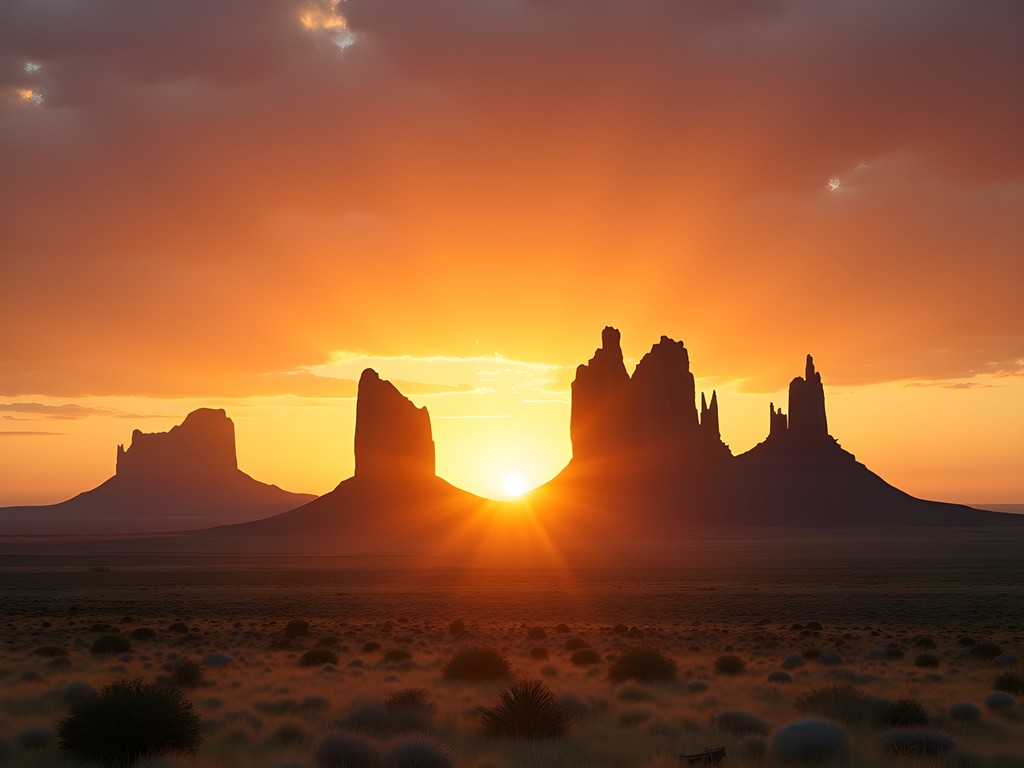
💡 Pro Tips
- Hire a local San guide for cultural context that no guidebook can provide
- Start hikes before 7am to avoid the worst midday heat
- The most accessible rock art panels are on Female Hill's eastern face
Reading the Ancient Gallery
The rock art of Tsodilo spans millennia, with the oldest paintings potentially dating back 20,000 years and the most recent created just centuries ago. This creates a remarkable palimpsest where hunting scenes, geometric patterns, handprints, and animal figures overlap across sun-baked rock faces.
Xontae led me to the famed 'Rhino Panel,' where I pulled out my binoculars to study details I might otherwise miss. These compact but powerful optics have become essential for my archaeological explorations, allowing me to examine higher panels without disturbing the fragile site.
'See how the rhino is painted with its legs extended?' Xontae pointed out. 'This shows it running, perhaps being hunted. But look closer at the figures nearby.'
Indeed, what I initially took for human hunters appeared, on closer inspection, to have animal features—therianthropes, or human-animal hybrid figures that likely represent shamanic transformation experiences central to San spiritual practices.
The White Lady panel—misnamed by early European explorers who mistook a male shaman covered in white pigment for a Caucasian woman—reveals how cultural biases can distort interpretation. This has particular resonance for me given my own Indigenous Australian heritage, where similar misinterpretations plagued early documentation of Aboriginal rock art.
'These aren't just pictures,' Xontae explained as we sat in the shade of an overhang adorned with dozens of animal figures. 'They're doorways between worlds, created when shamans entered trance states and traveled to the spirit realm.'
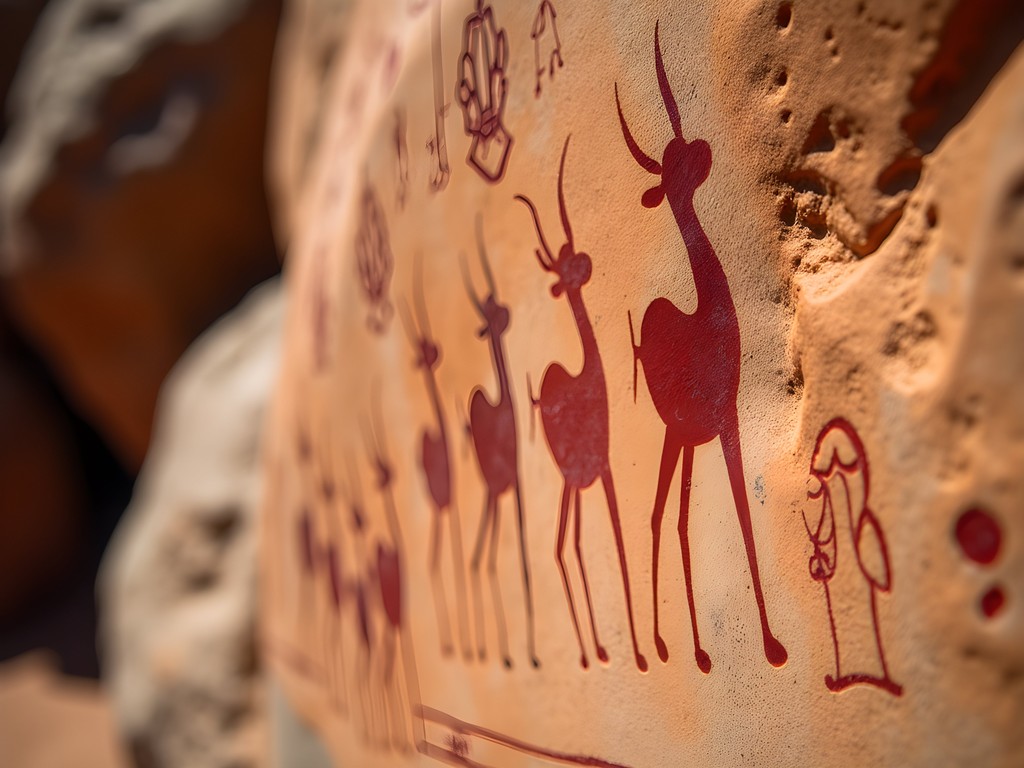
💡 Pro Tips
- Morning and late afternoon light reveals different panels more clearly due to changing shadows
- Photography is permitted but no flash—bring a tripod for low-light conditions
- The 'Rhino Panel' and 'White Lady' are must-see panels with the richest cultural context
Living Among the Mountains
The Tsodilo Hills Community Camp, run by local San and Hambukushu people, served as my base for the week. The camp offers simple but comfortable accommodation in traditional-style rondavels with modern amenities like solar showers—a welcome luxury after dusty days of exploration.
What makes staying here special isn't the facilities but the opportunity to engage with communities who maintain deep connections to the hills. Each evening, I joined other travelers and local residents around a central fire, where stories were shared and traditional dances occasionally performed.
One night, a Hambukushu elder named Disho described how his people arrived in the region centuries after the San, developing a complex relationship that included both conflict and cooperation. 'The hills have enough stories for everyone,' he explained, 'and enough water too—that's why people have always come here.'
Indeed, despite being surrounded by arid Kalahari landscapes, Tsodilo features several permanent springs that have sustained human habitation for millennia. Modern archaeological work has uncovered evidence of extensive trade networks linking Tsodilo to distant regions—glass beads from the Indian Ocean coast, copper from central Africa, and marine shells from thousands of kilometers away.
The camp's simple restaurant serves traditional foods alongside more familiar options. I particularly enjoyed the morogo (wild spinach) and fresh bread baked daily in earth ovens. For self-catering, I relied on my trusty camp stove for morning coffee before dawn departures—the compact design has accompanied me through rainforests and deserts alike.
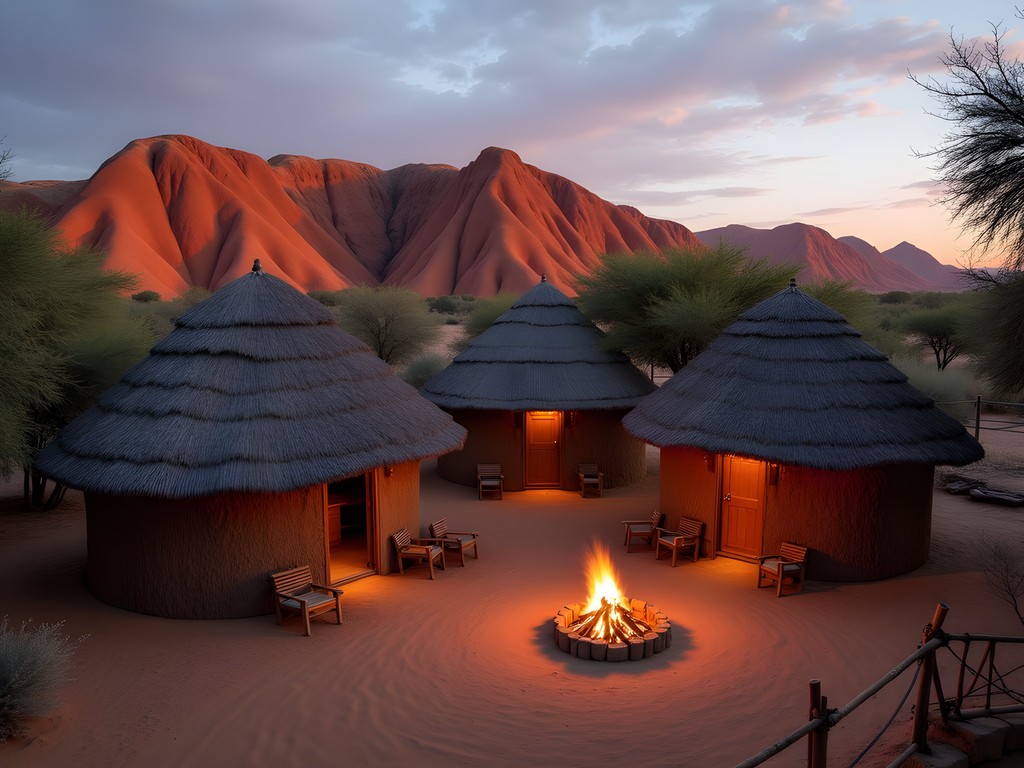
💡 Pro Tips
- Book the community camp well in advance as space is limited
- Bring cash as there are no ATMs—payments support local conservation efforts
- Pack a headlamp with a red light setting to preserve night vision for spectacular stargazing
Wilderness Beyond the Art
While the rock art rightfully commands attention, Tsodilo's natural environment deserves equal appreciation. The hills create a microclimate distinct from surrounding Kalahari plains, supporting woodland vegetation and wildlife typically found in less arid regions.
On my third day, I joined a tracking walk led by Karoha, a San hunter whose knowledge of the landscape bordered on supernatural. Within minutes of leaving camp, he was pointing out signs invisible to my untrained eye—a slight depression indicating a porcupine's nocturnal passing, the barely perceptible track of a leopard that had prowled through camp boundaries before dawn.
'The hills watch everything,' he said matter-of-factly. 'Nothing moves here without leaving a story.'
The winter season (June-August) offers ideal conditions for extensive hiking, with comfortable daytime temperatures and crisp, clear nights perfect for astronomy. The Kalahari's famously dark skies revealed a Milky Way so bright it cast shadows, and I spent hours capturing time-lapse footage with my camera mounted on a travel tripod, its carbon fiber construction making it light enough to carry even on the most demanding hikes.
Wildlife is present but not abundant—this isn't a traditional game-viewing destination. Yet patient observers might spot klipspringer antelope navigating impossible-looking rock faces, troops of baboons, and numerous bird species including the rare Schalow's turaco.
My most memorable wildlife encounter came unexpectedly during a solo hike (always arranged with guides' knowledge) when I stumbled upon a rock python sunning itself on a flat boulder. We regarded each other with mutual wariness before it slithered unhurriedly into a crevice—a living embodiment of the python spirit central to San creation mythology.

💡 Pro Tips
- Winter nights are surprisingly cold—pack a good quality sleeping bag rated to at least 5°C/40°F
- Guided tracking walks offer insights into the ecology you'd never notice independently
- The hills create their own weather—always carry rain protection even in dry season
Preservation Challenges in a Changing World
The UNESCO World Heritage designation in 2001 brought much-needed protection to Tsodilo but also new challenges. Visitor numbers, while still modest compared to better-known sites, have increased steadily, raising concerns about physical impacts on fragile rock art and the cultural appropriateness of tourism in sacred spaces.
'Before UNESCO, few outsiders came,' explained Kemmonye, a young Hambukushu woman working as the site's education coordinator. 'Now we must balance sharing our heritage with protecting it.'
The management plan developed in partnership with local communities restricts visitor numbers and mandates guided tours, with proceeds supporting conservation and community development. It's an imperfect but promising model that resonates with similar efforts I've documented in Australia's Kakadu and Peru's Machu Picchu.
Climate change presents perhaps the greatest long-term threat. Increasing temperature extremes and changing rainfall patterns stress the delicate balance that has preserved these paintings for millennia. Some panels already show accelerated exfoliation of rock surfaces, potentially losing irreplaceable art within decades.
On my final evening, I joined a community meeting where elders and youth discussed these challenges. What struck me most was their temporal perspective—they spoke of responsibilities extending seven generations forward, a timeframe rarely considered in our accelerated modern discourse.
As development pressures mount in Botswana's rapidly evolving economy, Tsodilo stands as a testament to different values—where significance isn't measured in economic output but in cultural continuity and spiritual connection. The hills have witnessed 100,000 years of human adaptation; one hopes they'll witness many more.
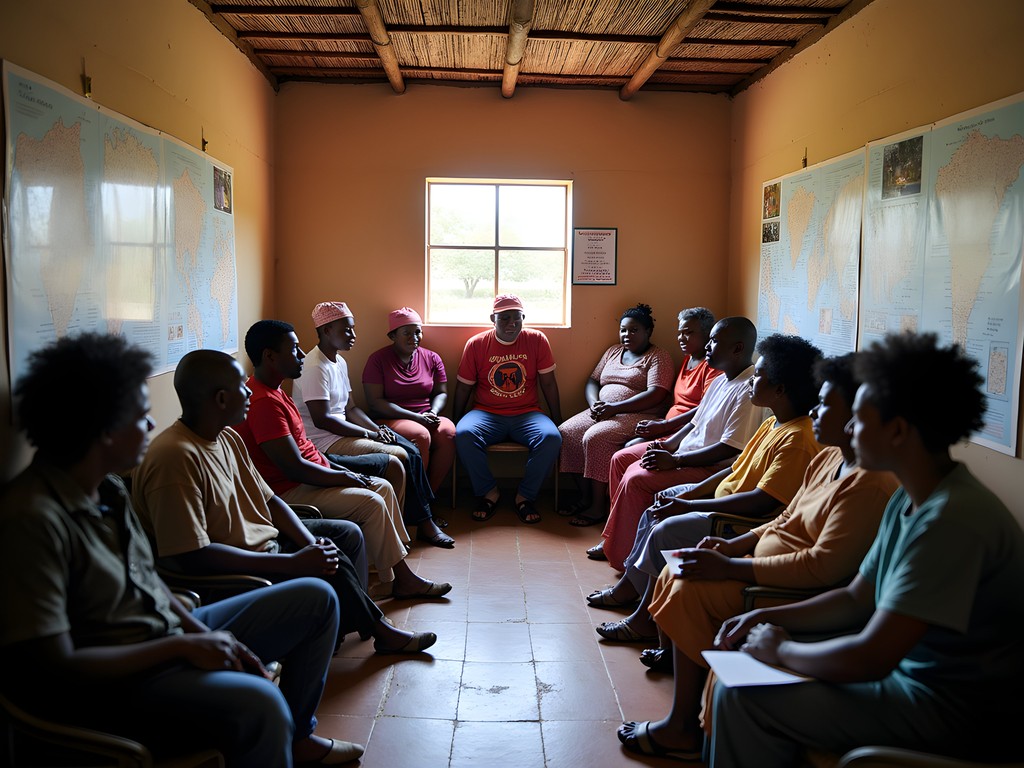
💡 Pro Tips
- Visit the small but informative museum near the main entrance before exploring the hills
- Purchase crafts directly from community artisans rather than in Maun or Gaborone
- Consider donating to the Tsodilo Hills Conservation Trust which supports documentation of oral histories
Final Thoughts
As my bush plane lifted off from the small airstrip near Tsodilo, banking sharply to offer one final view of the hills receding into the vast Kalahari, I found myself reflecting on connections across time and space. The ochre pigments used by Tsodilo's ancient artists are chemically identical to those used by my Indigenous ancestors in Australia's Arnhem Land—a reminder of our shared human journey. These hills stand as testament to humanity's enduring creative impulse and our need to make meaning through art. They remind us that before we built cities or wrote books, we painted stories on stone, reaching across millennia to speak of what mattered most. If you seek an encounter with both our deepest past and the complex challenges of heritage preservation in our present, Tsodilo awaits—not as a convenient tourist stop, but as a pilgrimage worth every challenging mile of the journey.
✨ Key Takeaways
- Always visit with local guides who provide cultural context and ensure respectful engagement with sacred sites
- Winter (June-August) offers ideal exploration conditions with moderate temperatures and clear skies
- Plan at least three full days to properly experience both the rock art and surrounding wilderness
- The community camp provides the most authentic and supportive accommodation option
📋 Practical Information
Best Time to Visit
June-August (winter)
Budget Estimate
$150-200 USD per day including guide fees, accommodation, and transport from Maun
Recommended Duration
5-7 days
Difficulty Level
Moderate To Challenging

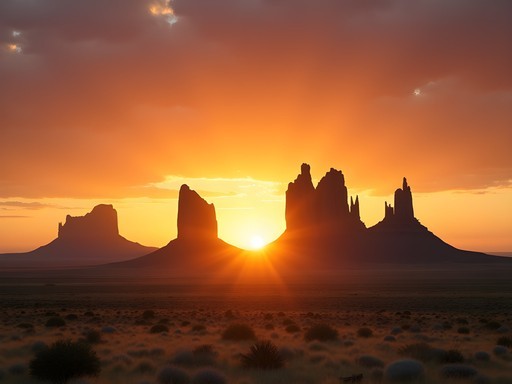
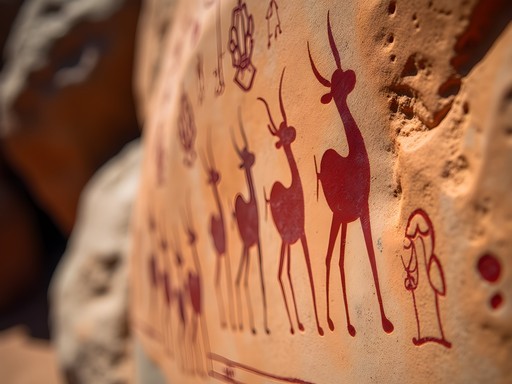

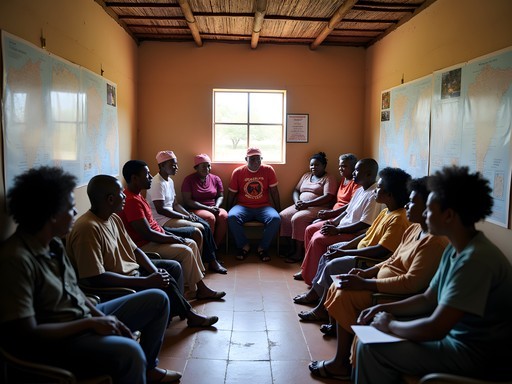


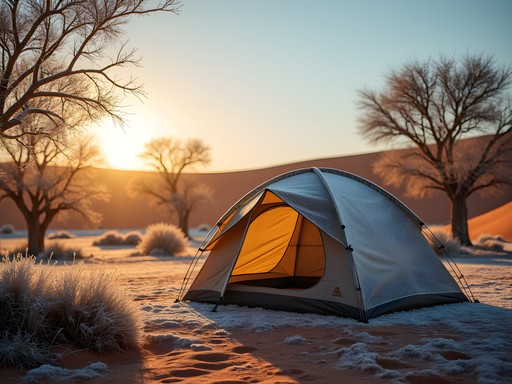
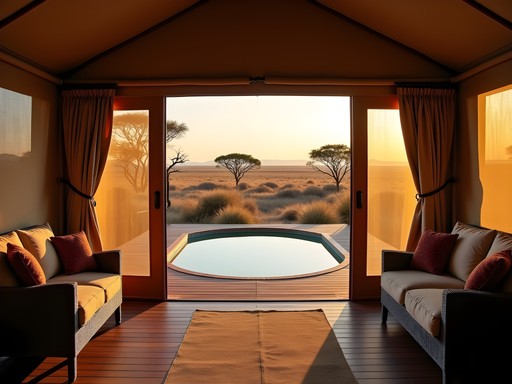



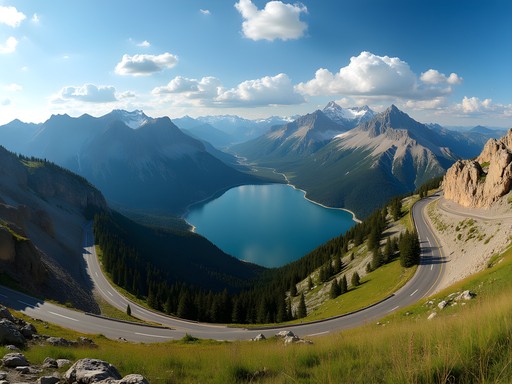
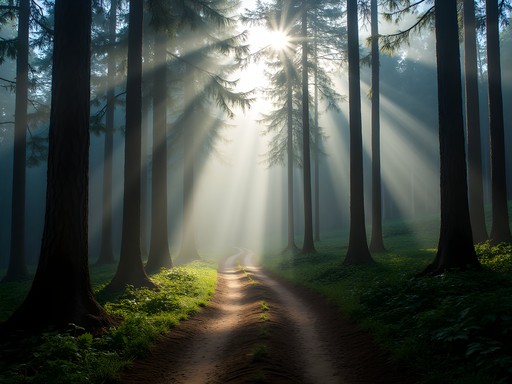
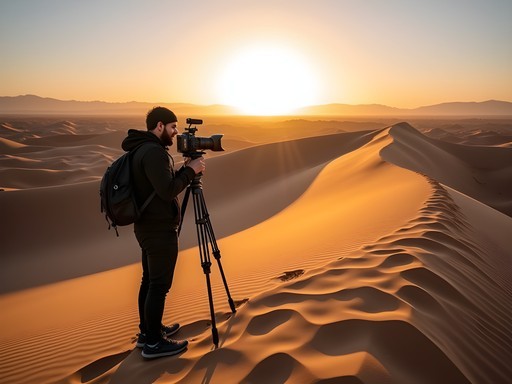
Comments
Megan Martin
Erik, your photos captured the ethereal quality of Tsodilo perfectly! When I visited, our guide was from the local San community and shared stories passed down through generations about what different images represented. The Female Hill at sunset was absolutely magical. For anyone planning a visit, I'd recommend bringing a good pair of hiking boots as the trails can be rocky and the binoculars I brought helped spot some of the more subtle paintings. Also worth noting that accommodations are very basic, so mentally prepare for that. The stars at night are incredible compensation though!
hikingninja
Did you camp there or is there some kind of lodge? How many days would you recommend staying?
Megan Martin
There's a basic campsite and a small community-run lodge with simple rooms. I'd say 2 nights is ideal - gives you a full day to explore the different hills and rock art sites without rushing.
escapefan
How difficult was it to get to Tsodilo Hills? I've been wanting to visit Botswana but this seems pretty remote even by Kalahari standards. Did you need to book the bush plane far in advance?
Erik Murphy
It's definitely remote! I booked the bush flight about 3 months ahead through Maun. You can also do a 4x4 trip from Maun or Shakawe, but it's rough going. The extra effort is worth it though - you'll likely have the place nearly to yourself.
escapefan
Thanks for the info! Might try to combine it with an Okavango Delta trip next year.
hikingninja
Wow, those rock paintings look incredible! Adding this to my bucket list for sure.
escapefan
Same here! Never even heard of Tsodilo Hills before this post.
Megan Martin
I visited back in 2019 and it's truly special - much less crowded than other rock art sites I've been to. The local guides really make the experience meaningful too.
AfricaAdventurer
I visited Tsodilo in 2023 and was blown away by the spiritual significance of the place. Our guide was from the local Hambukushu community and explained how they still consider the hills sacred. He showed us offering spots where locals leave gifts for the ancestors. The most powerful moment was when we reached the "plateau of whispers" where sound carries in the strangest way. If you go, make sure to ask about the rain-making rituals that still happen there. It's one of those rare places where ancient practices are still alive. The remoteness is part of what keeps it special - please everyone, practice responsible tourism if you visit!
sunnyadventurer
Just booked my trip to Botswana for November and added Tsodilo to the itinerary after reading this! So excited!
Erik Murphy
That's fantastic! November should be great - getting into the rainy season but still relatively dry. The light in the late afternoon is magical for photography. Feel free to DM me if you have any specific questions!
desert_dreamer
That shot of the sunset against the hills is absolutely stunning. What camera setup did you use?
Erik Murphy
Thanks! Just my trusty Sony A7III with the 24-70mm f/2.8. The light there does all the heavy lifting - I barely had to edit those sunset shots!
happyqueen
This looks amazing! I'm curious about the cultural aspects - is it considered disrespectful to photograph certain areas? I always want to be respectful when visiting sacred sites.
coffeeclimber
Good question! The guides will let you know if any areas are off-limits for photos. Generally, the rock art itself is fine to photograph, but there are a few ceremonial spots where they ask you not to take pictures. Always best to ask first!
GlobeWanderer
Those rock paintings look incredible! Added to my bucket list!
Sage Dixon
Erik, your post brought back so many memories! I spent three days at Tsodilo last year, and that experience of watching the sunset transform the colors of the Female Hill was absolutely magical. One thing I'd add for anyone planning a visit - take time to hike the Rhino Trail early morning. The light on the eastern rock faces makes the colors pop in the paintings, and we had a local San guide who shared stories passed down through generations about each image. His interpretation of the rock art as not just historical records but living spiritual texts was mind-blowing. I ended up sleeping one night under the stars near the Male Hill (with permission) and the connection to those ancient artists felt so tangible. Don't forget your headlamp if you're staying for sunset - the walk back to camp gets dark quickly!
wildtraveler22
The Rhino Trail sounds incredible! Did you need to be in good shape for it? I'm not the most athletic person but really want to see those eastern faces.
Sage Dixon
It's not too strenuous! Takes about 2-3 hours round trip with plenty of stops to view the art. There are some rocky sections but nothing technical. Just bring plenty of water - it gets hot even in the morning!
bluerider4056
This looks amazing! How difficult was it to actually get to Tsodilo Hills? I'm thinking about adding it to my Botswana trip but worried about logistics since it seems pretty remote.
Sage Dixon
I did this trip last year! It's definitely remote but worth the effort. We hired a 4x4 in Maun and made the 5-hour drive. The last stretch is sandy track, so you absolutely need a proper vehicle. There's a basic campsite at the hills if you want to stay overnight (recommended). Make sure you bring ALL supplies with you - there's nothing out there!
Erik Murphy
Sage is right about the remoteness. If a self-drive feels intimidating, there are operators in Maun who run guided tours. I flew in via bush plane which was splurge-worthy for the aerial views alone! The site has basic accommodations, but bringing extra water is essential. The local guides are incredibly knowledgeable about both the art and cultural significance.
bluerider4056
Thanks both! I think I'll look into those guided tours from Maun. The bush plane sounds amazing but probably out of my budget. Did you need to book the local guides in advance?
Erik Murphy
Local guides are available on-site without booking, but in peak season (June-August) it doesn't hurt to arrange in advance through your accommodation. They charge a small fee but it's absolutely worth it - they bring the paintings and cultural context to life in ways no guidebook can!
Venture X
Premium card with 2X miles, $300 travel credit, Priority Pass